Traditional Neufchâtel dates back to the sixth century and is the oldest cheese in France, made from cow's milk, often made in the shape of a heart.
Neufchâtel cheese gets its name from the town of Neufchâtel-en-Bray in Normandy. Normandy is a notoriously rainy place with a temperate climate. Warmer temperatures combined with plenty of rain grow green grass that is available for grazing for a longer period of time throughout the year.
The fact that the cows graze on such grass gives Neufchâtel cheese its distinctive taste and characteristics.
In France, Neufchâtel receives an AOC certificate (AOC stands for Appellation d'origine contrôlée or Controlled Appellation of Origin). This, in turn, proves that the product is original Neufchâtel from approved regions in France. Designated by the AOC since 1969, Neufchâtel cheese is made in a carefully controlled process that includes the addition of Penicillium Candidum, pressing and aging at around 10°C /50°F/ and 95% humidity.
This French cheese is aged for at least 12 days to several months to produce a much softer, more flavorful and more mature cheese.
Neufchâtel cheese is a soft and pressed cheese similar to Brie or Camembert. It's creamy yet crumbly. Neufchâtel is readily available in North America and is very similar to American cream cheese.

The most important step in enjoying the cheese is to make sure it's original. French Neufchâtel can often be found in gourmet cheese shops, as well as being produced by a variety of artisan cheese makers.
Make sure your cheese is at room temperature before eating it. Spread Neufchâtel cheese on toasted walnut bread and serve it with apple cider for the typical French gourmet experience.
Which wine to choose for your Neufchâtel depends somewhat on its age. A younger cheese can be enjoyed with white wine, but an older cheese with a pronounced flavor should be balanced with a stronger wine such as Bordeaux.
French Neufchâtel is not used as a substitute for cream cheese in recipes, so don't try to substitute it. Neufchâtel cheese melts right into dishes and you can use it in omelet, quiche, potato recipes or as a pizza topping. It can also be added to green salad.
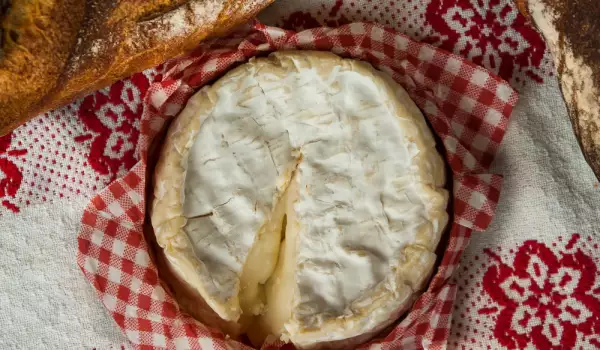
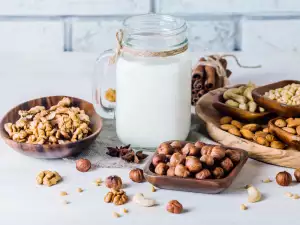


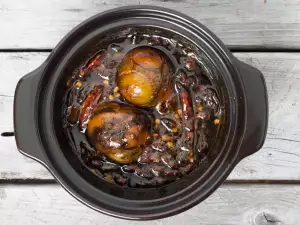





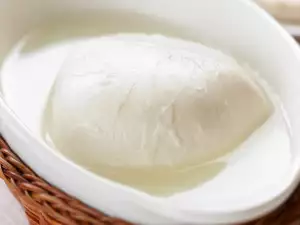
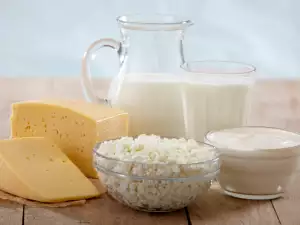



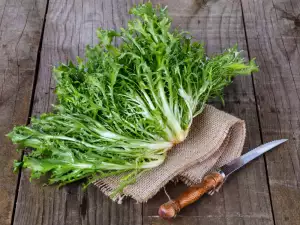




Comments